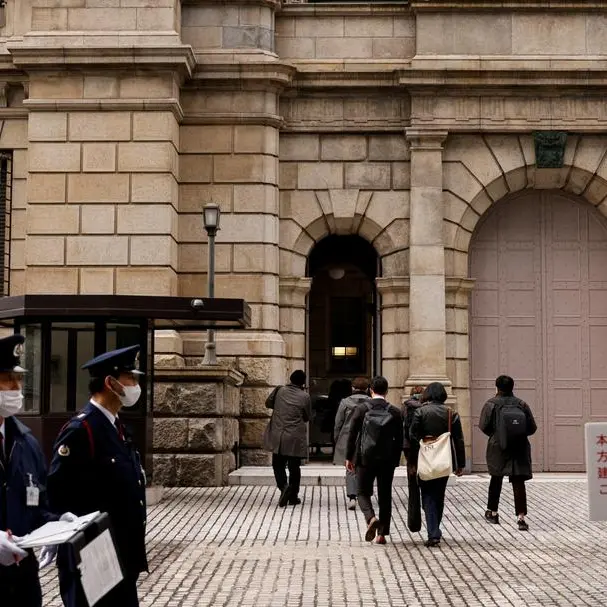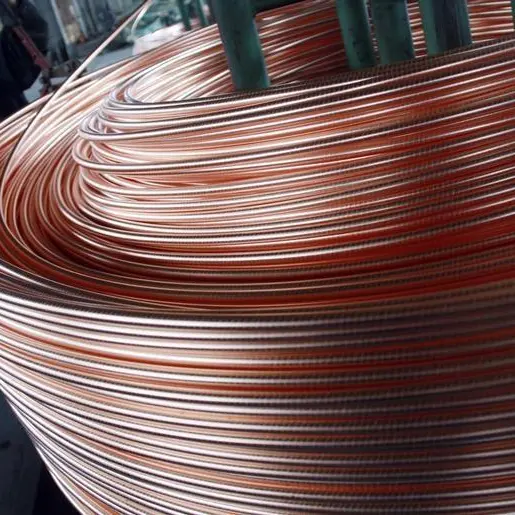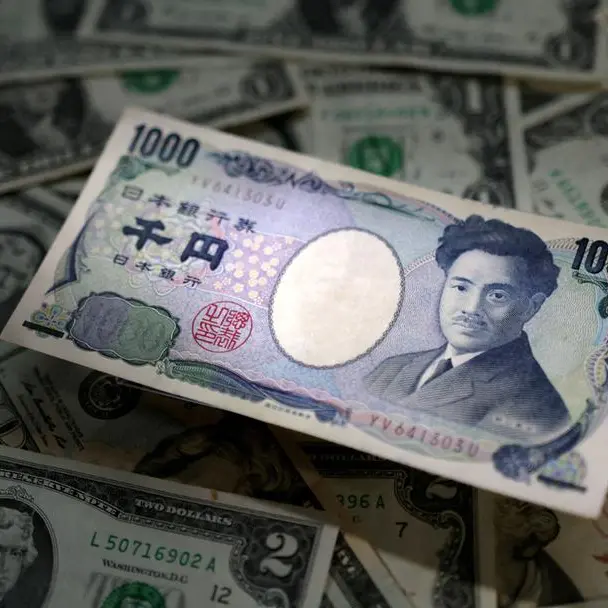PHOTO
It is a well-established standard that the value of the US dollar is traditionally inversely related to the price of oil. Lately, there has been much interest in the relationship between the price of crude oil, the value of the US dollar and the US interest rate. When oil prices rise, inflation likely means higher interest rates. While there is not always a direct correlation between rising oil prices and changing interest rates, it is a real possibility.
Since oil prices have breached the $70 per barrel mark, oil traders will be back betting on oil futures and taking advantage of the upward momentum, but speculators should ask themselves the questions: What is the next resistance level? What is the upside potential? Is the $70 mark a floor or a ceiling for the price level? And if it is a floor, then will $80 be a ceiling?
Oil traders are analyzing new inflation fears and the news that central banks might scale back their stimulus packages amid strong economic data and US unemployment figures. This means that central banks might reconsider lowering interest rates during positive economic indicators, while major economies are suffering from unprecedented levels of debt.
In addition to strong upcoming oil demand, the bullish momentum in oil markets might be also due to inflation risks, as investors will realize that, as inflation risk increases, energy companies are best placed to park money because their free cash flow is protected. And as oil upstream investments are at low levels, the higher free cash flow will be returned back to shareholders.
As there is a strong correlation between energy and economic growth, any negative shocks to energy, such as a rise in energy prices or the impact of energy conservation policies, will have a negative impact on gross domestic product. Therefore, the oil price is one of the indicators of inflation, since there is a strong correlation between the US inflation rate and the oil price. This became more obvious after the end of the low oil prices era at the end of 1998.
A similar expected inflation increase came back in June 2019 when former US President Donald Trump imposed sanctions on Iran’s oil exports. This did not result in a rise in either oil prices or inflation. Therefore, if sanctions are lifted and more supplies come to the market, no downward pressure on the market is expected.
The US Energy Information Administration has reported that as oil prices moved higher, OECD inflation rose to 3.3 percent in April 2021 — the highest rate since October 2008. If the inflation worries are the only applicable reason behind potential oil price deterioration — as the surging inflation might lead the Federal Reserve to raise rates — then why have oil prices moved up?
The oil market is concerned about US inflation, which could indicate that central banks could increase interest rates and/or announce the reduction of tapering measures. As the global economy recovers, strong oil demand is anticipated. However, the market’s greatest vulnerability remains the likelihood of meaningful inflation, which will lead to significantly higher bond yields.
While we cannot know how high inflation will rise and where interest rates will go, the likely consequence of higher inflation and rising interest rates will be poor equity and bond performance. By rotating into commodity sensitive and cyclical stocks, investors’ returns could see substantial outperformance, and oil will lead commodities as usual.
• Faisal Faeq is an energy and oil marketing adviser. He was formerly with OPEC and Saudi Aramco. Twitter: @faisalfaeq
Copyright: Arab News © 2021 All rights reserved. Provided by SyndiGate Media Inc. (Syndigate.info).












